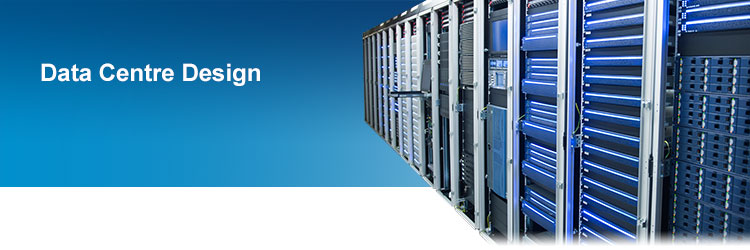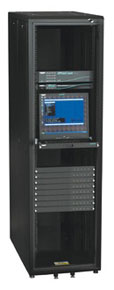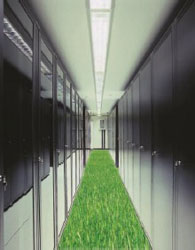Sign in

Please check your email address and password.
Navigation |

Data Centre DesignThe cloud may garner many IT headlines today, but many companies still elect to build an in-house data centre. The goal of successfully designing and implementing a data centre on time and within budget is one that many organisations aspire to but few attain. Given the complexity of a typical facility, detailed planning is critical; thus, this series on data centre design will emphasise some of the key considerations and decisions that companies must tackle long before the shovel hits the dirt. The opening foray into this topic focuses on what companies must investigate before pondering such design aspects as tier level, cooling architecture and even site selection. Data Centre: To Be, or Not to Be?Even if your company needs only a few servers’ worth of IT capabilities, your choice of whether to go the in-house (data centre) route or to outsource will dramatically affect your finances, control of resources and level of responsibility for various aspects of your systems. In some cases, this choice is simple: security or latency requirements, available capital, company focus and similar factors may immediately dictate that a company-owned data centre is necessary—or out of the question. Is your company ready to design and build your own data centre? Ask yourself tough questions, like the following: 
Even if you want to run your own IT equipment (servers, storage and so forth), you still have outsourcing options. You might consider colocation, for instance: effectively, you control the IT, and a service provider controls the facilities (cooling, power distribution and backup, security, and so on). The decision to outsource or not is a nuanced matter that, although not the focus of this series, requires its own due consideration. But if you’re set on building and operating your own data centre, the fun is only starting. Listen to the Money TalkNaturally, cost will (and should) remain a critical aspect of each design decision. A state-of-the-art 10MW Tier IV data centre might sound great, but if you only need a few low-density server rows and have no strict uptime requirements, the cost of such a facility would far outweigh any potential returns on the investment. To that end, several overarching themes—balanced by cost considerations—should guide the design effort:

Avoid Green FatigueThere’s nothing wrong with making a profit: your data centre design decisions should keep profitability as a primary goal. But profitability and environmental stewardship need not be mutually exclusive; in fact, the “greener” route (e.g., energy-efficient servers) is often the more profitable one. In addition, there’s nothing wrong with attempts to strengthen the company image. But don’t go overboard: ensure that your efforts are sustainable over the long term and that progress is the goal. That being said, it’s also important that sometimes a bit of a sacrifice to improve the world we all must share—even if it doesn’t improve your financial stats—is everyone’s responsibility. If we all do a little, we can collectively accomplish much. ConclusionsThe first step of data centre design is to make sure an in-house data centre is the best option for your company. Outsourcing is in many cases a better option, so you should take careful stock of what you need and what you expect from your IT implementation. Once you’re set on building your own facility, you need to prepare an overall strategy before digging into the technical details. That includes recognising the requirements of users, accounting for growth prospects, having reasonable expectations and mile markers, and so on. Subsequent parts of this series will turn to some of the more technical considerations associated with designing your own data centre. Author: Jeff Clark (Data Centre Journal) |